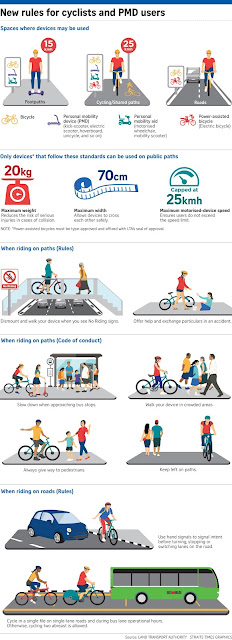Trump defends travel curbs despite outcry
Courts offer relief to detained visitors from several Muslim countries amid protests
By Nirmal Ghosh, US Bureau Chief In Washington, The Straits Times, 30 Jan 2017
US President Donald Trump yesterday defended his latest immigration curbs despite protests at major airports and mounting criticism from world leaders and countries affected by his executive order.
Mr Trump's order blocked citizens from seven Muslim-majority countries - Iraq, Syria, Iran, Sudan, Libya, Somalia and Yemen - from entering the US for at least 90 days. It also banned the entry of refugees from anywhere for 120 days and those from Syria indefinitely.
Mr Trump said the goal was to screen out "radical Islamic terrorists" and give priority for admission to Christians. He rejected accusations that the move amounted to a ban on Muslims.
"Our country needs strong borders and extreme vetting, NOW. Look what is happening all over Europe and, indeed, the world - a horrible mess!" he tweeted, referring to the arrival of waves of immigrants in countries such as Germany.
Soon after the ban, federal courts in New York, Virginia and Washington states intervened to order the release of dozens of people from the seven countries carrying valid visas for the US who had been detained at airports following Mr Trump's executive order.
The court orders came as confusion reigned at airports in the Middle East and Europe over exactly which citizens from the seven nations are still allowed to fly to the US.
Many airports imposed blanket bans on US travel for those citizens, including permanent US residents holding green cards, many of whom found themselves stranded outside the country as they were prevented from boarding flights back.
Angry crowds descended on US airports - such as those in New York, Washington, DC, San Francisco and Denver - to protest.
Reports said the broadly worded executive order was signed with little input from the Department of Homeland Security. But yesterday, the department said it would comply with the judicial decisions, while continuing to enforce the President's executive order.
Courts offer relief to detained visitors from several Muslim countries amid protests
By Nirmal Ghosh, US Bureau Chief In Washington, The Straits Times, 30 Jan 2017
US President Donald Trump yesterday defended his latest immigration curbs despite protests at major airports and mounting criticism from world leaders and countries affected by his executive order.
Mr Trump's order blocked citizens from seven Muslim-majority countries - Iraq, Syria, Iran, Sudan, Libya, Somalia and Yemen - from entering the US for at least 90 days. It also banned the entry of refugees from anywhere for 120 days and those from Syria indefinitely.
Mr Trump said the goal was to screen out "radical Islamic terrorists" and give priority for admission to Christians. He rejected accusations that the move amounted to a ban on Muslims.
"Our country needs strong borders and extreme vetting, NOW. Look what is happening all over Europe and, indeed, the world - a horrible mess!" he tweeted, referring to the arrival of waves of immigrants in countries such as Germany.
Soon after the ban, federal courts in New York, Virginia and Washington states intervened to order the release of dozens of people from the seven countries carrying valid visas for the US who had been detained at airports following Mr Trump's executive order.
The court orders came as confusion reigned at airports in the Middle East and Europe over exactly which citizens from the seven nations are still allowed to fly to the US.
Many airports imposed blanket bans on US travel for those citizens, including permanent US residents holding green cards, many of whom found themselves stranded outside the country as they were prevented from boarding flights back.
Angry crowds descended on US airports - such as those in New York, Washington, DC, San Francisco and Denver - to protest.
Reports said the broadly worded executive order was signed with little input from the Department of Homeland Security. But yesterday, the department said it would comply with the judicial decisions, while continuing to enforce the President's executive order.


















